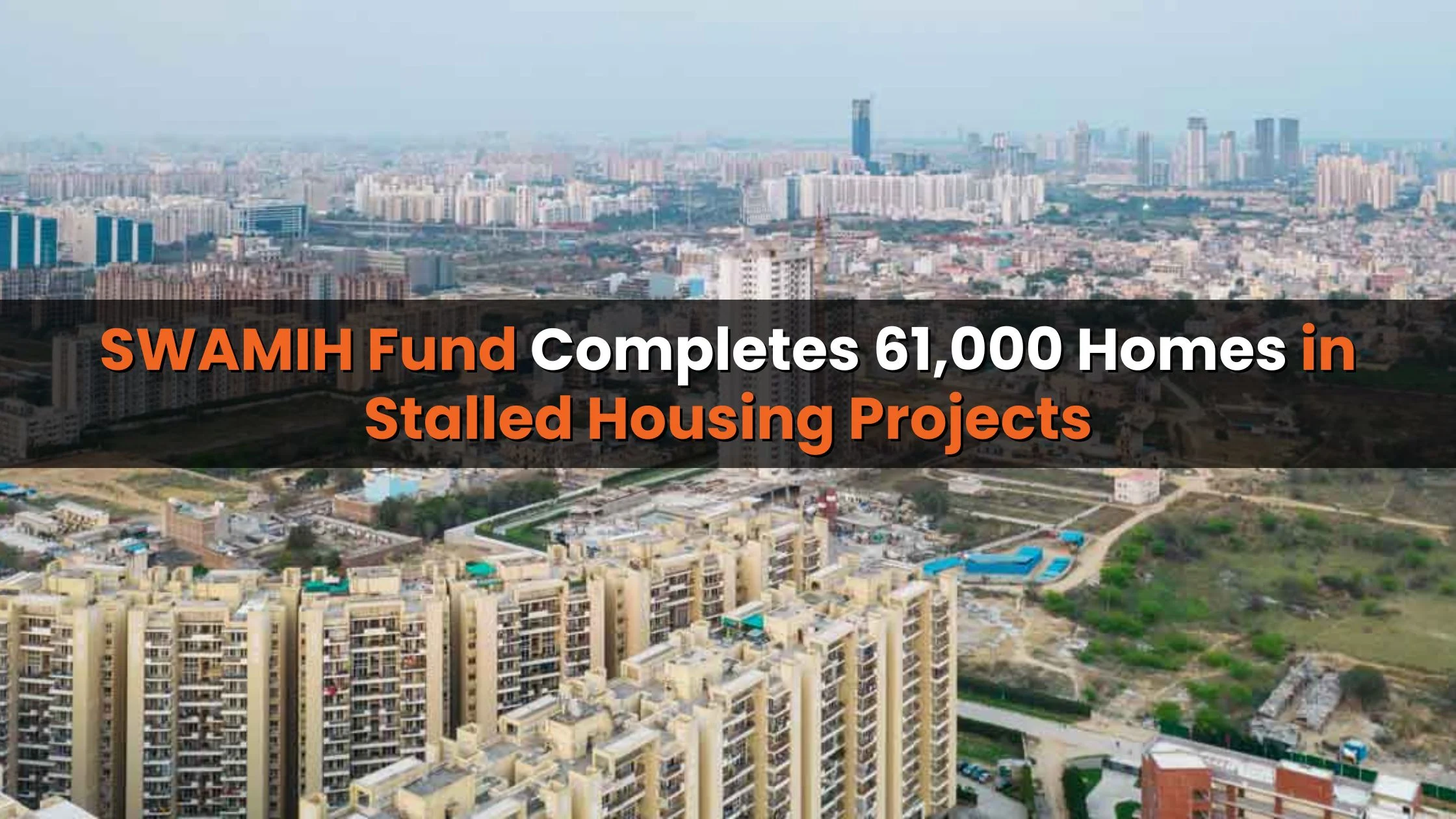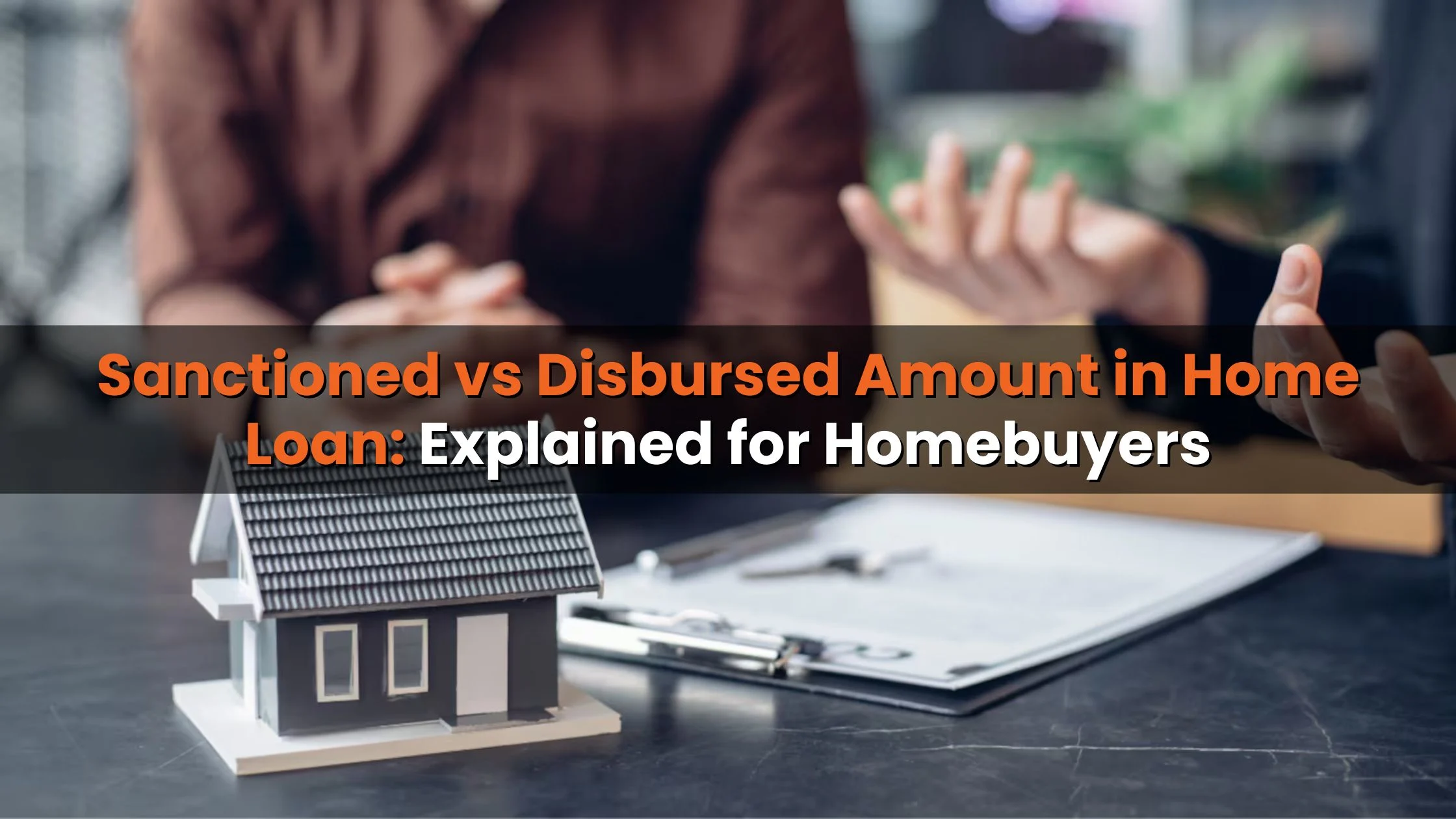Table of Content
The Evolving Home-Buying Process: Balancing Online and Offline Methods
Home buying has transformed significantly, becoming more organized and transparent, largely due to the increasing reliance on digital media. Today’s homebuyers start their journey online, gathering preliminary information about properties and shortlisting those that meet their criteria. This digital process eventually transitions offline, where buyers engage in property visits, due diligence, and ultimately, the final purchase.
Offline Steps in the Home-Buying Process
While online platforms are widely popular, traditional methods of real estate marketing remain relevant. Many buyers still prefer the conventional approach, valuing face-to-face interactions and tangible advertisements.
Print Advertisements: Traditional print media, including newspapers, brochures, and pamphlets, continue to be crucial channels for developers, real estate agents, and brokers to market properties. These advertisements typically provide comprehensive information about the property. However, there is a risk of misleading information, such as false promises about facilities and amenities that may never materialize. To combat this, the Real Estate Regulatory Authority (RERA) has introduced a mandate requiring all registered projects to display a QR code and RERA registration number prominently in their ads. This applies to:
- Newspaper, magazine, and journal advertisements
- Printed flyers, brochures, catalogues, and leaflets
- Prospectuses or standees at project sites and sales offices
- Project websites/web pages
- Social media advertisements
- Any other relevant advertisements
This QR code mandate, implemented in states like Maharashtra, Rajasthan, Kerala, and Uttar Pradesh, ensures greater transparency and protects homebuyers from fraud. Non-compliance can lead to severe consequences, such as the revocation of RERA registration, freezing of bank accounts, and halting construction activities.
Advice from Current and Previous Investors: Word-of-mouth and personal recommendations remain powerful tools in real estate. For instance, Balgopal Mishra, an investor, was cautious about purchasing an under-construction property, even from a reputable developer. He sought advice from fellow residents who had previously invested with the same developer. After receiving positive feedback, he felt confident moving forward with his investment.
Word-of-Mouth Publicity: Word-of-mouth is a time-tested method in real estate. For example, when Jaya Hari wanted to sell her apartment in Bhopal, a simple message in her building’s WhatsApp group led to three interested buyers contacting her. Industry experts agree that word-of-mouth is one of the most effective marketing strategies across all segments.
Online Methods in the Home-Buying Process
Catering to millennials and Gen Z, online channels have revolutionized home buying, making it more accessible and convenient.
Online Property Portals: Real estate portals like Housing.com have become the go-to platform for homebuyers. These websites allow users to explore properties in various cities without leaving their homes. Virtual tours have replaced the need for initial site visits, enabling buyers to shortlist properties more efficiently and visit only those that truly interest them.
Developer Portals: When a project catches your eye, the easiest way to learn more is by visiting the developer’s website. These portals provide detailed information about the project, including amenities, location, and expected completion dates for under-construction properties. Additionally, RERA registration numbers are displayed, allowing buyers to verify the developer’s progress on the RERA portal.
Vlogs and Forums: Vlogs have emerged as valuable resources for homebuyers. Independent vloggers often review real estate projects, discussing their pros and cons, giving potential buyers a clearer understanding before committing to a site visit.
Conclusion: The Future of Home Buying
While the real estate sector has yet to fully transition to online transactions, digital advancements have undoubtedly streamlined the home-buying process. The pandemic accelerated the adoption of virtual home buying and renting, highlighting the benefits of online platforms. However, maintaining a balance between online research and offline engagement remains essential for closing successful real estate deals.
This blended approach ensures that buyers can leverage the best of both worlds—online convenience and offline reliability—to make informed decisions in their home-buying journey.
Also Read: From House Hunting to Keys in Hand: Navigating Your First Home Buying Journey









Ans 1. A typical 24-port network will cost you around $5,540 to set up. This includes standard networking hardware, wi-fi and some basic construction supplies. It doesn't include the potential costs of HVAC or electrical work, the cost of internet service or the cost of your time.
Ans 2. Yes. Set it up like you would at home. Grab a router, configure it, and connect any additional devices. Then it's just a matter of connecting your new network to the internet.
Ans 3. What are the benefits of networking? The benefits of networking include access to job opportunities, professional connections, career advice, new ideas, and valuable information. Networking also helps with personal and business growth, building relationships, and gaining a competitive edge in your industry.
Ans 4. Using offline marketing strategies, you can make emotional bonds with your audience and convince them to give your brand a try! Also, the leads you generate offline are far more reliable than online responses.
Ans 5. Online sales offer a global reach and lower operating costs, while offline sales involve face-to-face interactions and a local or regional customer base.